UPDATE, thanks to Assistant Village Idiot and Eugene Volokh for the links. If you are here for the first time, please also check out my Art Studio website, Jerub-Baal Studio
Neatoramma posts about German artist Gregor Schneider, who plans to display a person's death as a piece of performance art. A doctor has agreed to help find a volunteer.
Actually, to be fair, Neatorama’s description is not really accurate. The piece would be considered installation art. If I have followed the article trail properly through Google, this interview in the Art Newspaper is where it all started, with a response by the artist to the comments thread here and a further defense by the artist published in the Guardian Further interesting reading on the subject, from a legal angle (US only) can be found at the Volokh Conspiracy (who I might ad, posted an interesting essay on the Aliza Shvarts art-thesis-cum-hoax at Yale, and the legal and ethical issues surrounding Yale’s ending of her project. Read through the comments…. )
I think all of these are good reads before coming to a conclusion about the project.
First or all, Mr. Schneider is taken aback at some of the insults and threats that he has received in response to the publishing of his idea. I can’t say that I blame him. The examples he gives, if they are true (and given the often vituperative nature of on-line commentary, I believe him. He could probably have gone on for several pages… ) Such things are not arguments or discussion, and they do nothing but take away from any rational criticism that could be given to the artist. I sincerely hope for his safety and peace of mind.
That said there are a number of things in the artist’s arguments that appear to me to be flawed. Foremost is his comparison of his art concept with several modern social realities and some art history, as a way of justifying the morality and compassion of his concept.
One of these arguments is that modern entertainment, especially television, regularly portrays death in a degrading way. Well, he will get no argument from me that television is often debasing of its subject matter. However, using this as an argument to validate his motivations or methods as moral and compassionate is highly suspect. This is moral relativism. The unethical, immoral, or distasteful actions of others does not make my actions moral (or immoral, as matter of fact), anymore than Mr. Schneider’s being German makes me an American.
Mr. Schneider’s argument from art history is that, “Michelangelo used to cut up dead people to study their anatomy. Is that not much more shocking than what I am proposing to do?” * Well, obviously, Michelangelo’s subjects were already dead, and were not subject to public scrutiny while he made his studies (that being due more to his fear of the Catholic Church’s authorities than of any moral rectitude on his part). But even in later years, where such dissections were done as a matter of public viewing, it still remains that the subject’s actual passing was not the part on display. The artist's argument would have made more sense had he compared it to public hangings, seen as entertainment by the masses in days gone by. However, I don’t think that comparison would have the effect he hopes.
Mr. Schneider states that, “…I am not proposing that I would bring about someone’s death, or stage it.” ** Or that he would encourage suicide. I believe him. This does leave a scheduling problem. If the point of the exhibit is to show death as a positive experience, then the natural death would have to occur during the operating hours of the museum or gallery, hardly something you could plan out. Would this then mean that the exhibition was a failure, or that the patrons and visitors should get their ticket money back? My understanding of most municipal health code regulations is that leaving a freshly dead and untreated human body lying about in your home or place of business is out of the question. (Heck, I’m not even allowed to bury my cat in the backyard.) This would seem to be a major operational flaw.
Another argument for the moral standing of Md. Schneider’s proposal is that many people die in bleak environments, separated from loved ones and any support. “These days, many die in hospitals, locked away from the public,” and, “Shouldn’t this last journey be the most intimate and personal journey in a person’s life?” *** He is arguing two opposing points here. In one, the public is not allowed to see death (suggesting that the artist believes it should be so allowed), in the other, death should be personal. His proposed art installation would certainly be public. The very act of displaying someone’s death in a gallery environment would remove any vestige of the intimate or personal for the subject. He also complains of the regulations and rules surrounding burial, saying, “In my view, the dying should be able to define the rituals and sites of their funeral themselves.” † But where would this lead? Is the artist then suggesting the possible return of Suttee?
A further justification provided is the support Mr. Schneider has received from a priest. Unfortunately, history shows that the approval of a religious leader is no guarantee of moral strength or purity. (Meaning no disrespect to the gentleman mentioned, who I do not know.)
Finally, I will quote Mr. Schneider one last time. “My feeling is that the church used to provide us with rituals and ceremonies appropriate for death, but in a secular age, don’t we need to create our own?” In a way, this is the whole of the resistance that Mr. Schneider has found himself facing. The lack of a moral framework leaves no standard for decency or any idea of what actually constitutes respect.
This art concept (as a public display) and the arguments underlying it, exemplifies the muddy, self-justifying and often self-centered thinking behind much of the Arts today. In my opinion, such is the result of the amoral atmosphere that exists in the modern Humanities.
Notes
* ”There is nothing perverse about a dying person in an art gallery” Gregor Schneider, The Guardian, Saturday April 26, 2008
** ibid,
*** ibid,
† ibid,
(Editing note, corrected paragraph eight, where I mistyped "we" for "he." The pronoun has been corrected)
Labels: arts, critical thinking, culture, PC, postmodernism, religion, world news













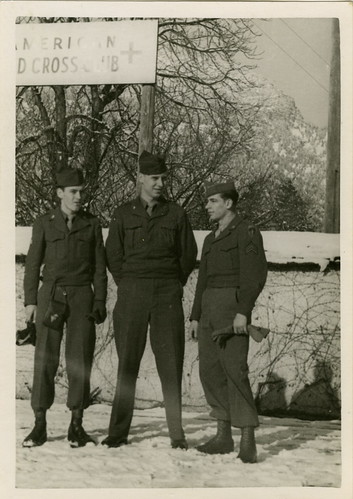
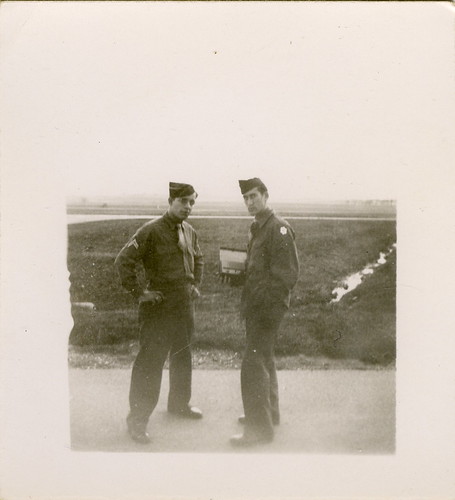
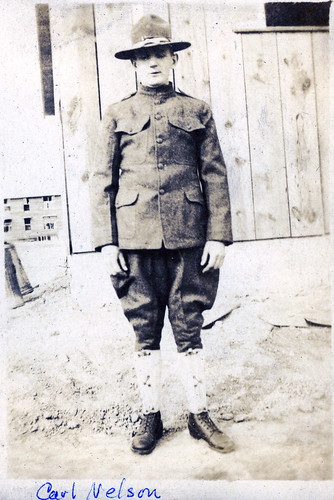
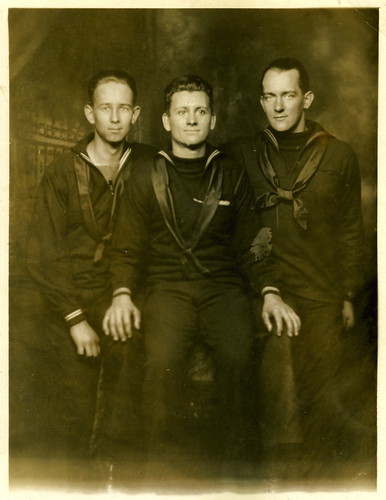
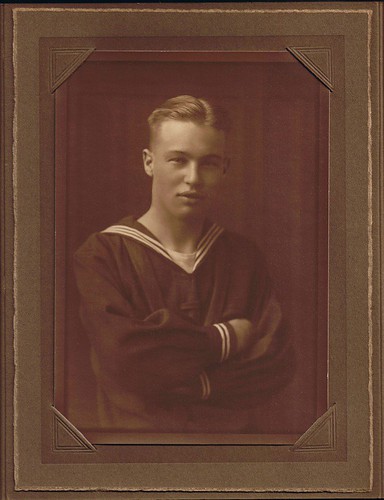

.jpg)







